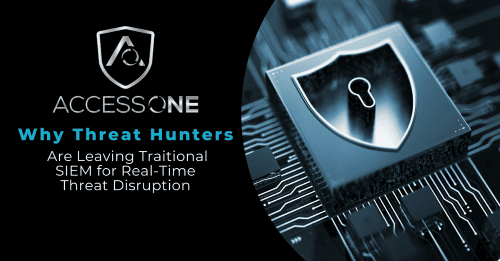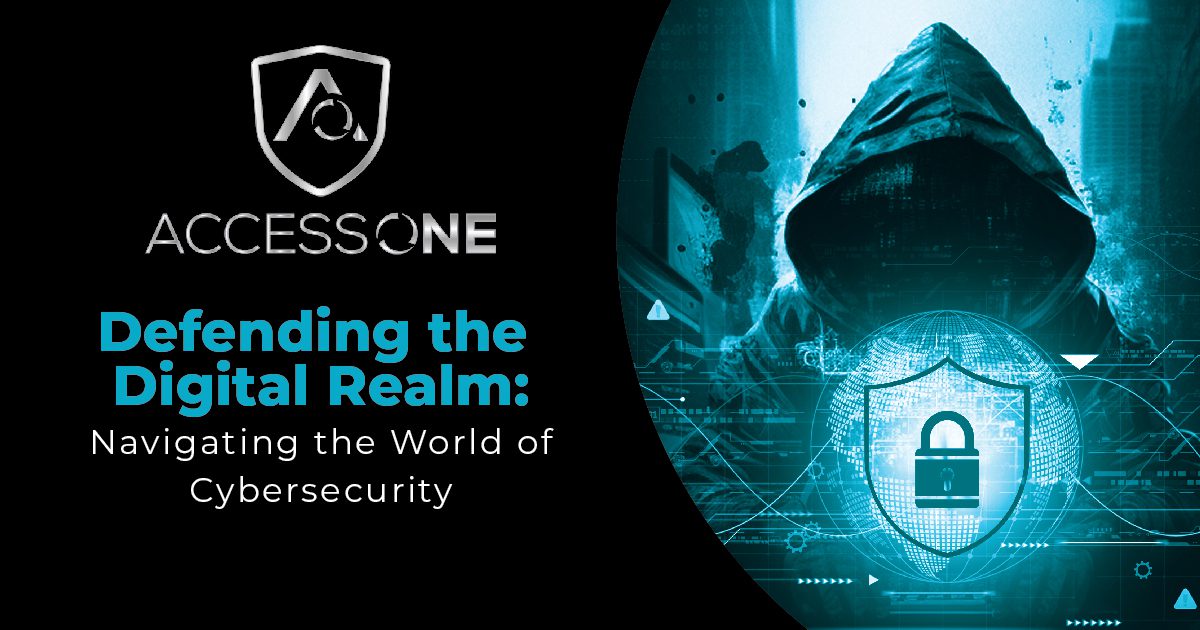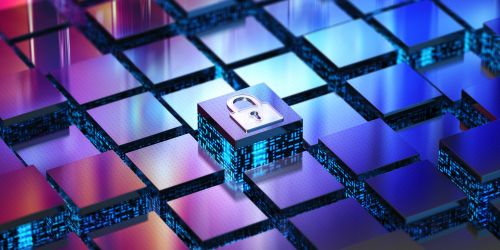Cyber threats grow more sophisticated each day – especially as remote and hybrid work models rise in popularity – so every business needs to keep network security top of mind. The statistics surrounding cyber attacks are alarming. You may have seen some similar to these1:
- Over 30,000 websites are attacked every day around the world.
- 64% of companies globally have been attacked in one form or another.
- Ransomware attacks rose 150% in 2020 due to unsecured remote work environments.
- A new cyber attack takes place every 39 seconds.
If you think you’re safe because you’re in a small business, think again. You may think big businesses would be more attractive to cyber criminals, but 42% of small businesses have been targeted because cyber criminals often find it easier to succeed with a small business attack.
Since the likelihood of cyber attacks continuing to increase in 2022 is high, knowing the basics of network security should be a high priority for every business.
How Does Network Security Work, and Why Do You Need It?
Network security prevents cyber criminals from entering your network or accessing your cloud operations to do things such as mount a ransomware attack or steal confidential information. It consists of the following components:
- Hardware
- Software
- Physical security
- Employees trained to avoid behavior that will encourage cyber attacks
One of the biggest benefits of network security is to prevent attacks before they start. If you work to keep cyber criminals out of your systems, you’re much less likely to be the victim of an attack. The emphasis is on prevention, not remediation.
Components of Network Security
There are several things you can do to protect your network, and you need to eliminate every vulnerability possible. Here are the key components to address:
Firewalls
Firewalls can be software or hardware – and your employees can act as human firewalls with the proper security training. The purpose of a firewall is to inspect traffic coming into or out of your network and compare the basic characteristics of that traffic to a set of rules that support identifying and blocking threats.
Intrusion Prevention
Intrusion prevention systems are software-based, and they’re used as a complement to your firewall because they have more sophisticated capabilities.
For example, intrusion prevention can spot a problem based on identifying the signature of a known attack pattern related to viruses and worms. It can also spot unusual traffic that signifies a problem such as distributed denial of service attacks. When a problem is identified, an intrusion prevention system can notify system admins, reprogram the firewall to prevent similar attacks, remove offending attachments to emails, and more.
Virtual Private Network (VPN)
This software allows you to connect securely to another network using the internet and can be especially beneficial as a remote work cyber security tool. For example, remote employees accessing a central server often use a VPN to safeguard the corporate network.
Access Control
An access control system verifies a user’s identity before allowing that user to access a specific application. The access control can be based on a variety of factors, including passwords, personal identification numbers, biometric scans like the fingerprint you can use to unlock your cell phone, and more.
As personal device usage increases with the widespread adoption of remote work, access control has become a critical component of remote work cyber security as it prevents malicious parties who physically obtain an employee’s device from gaining access to your network.
Antivirus/Malware Software
Viruses and malware are common ways for cyber criminals to gain access to and cripple your network and systems, so it’s important to be prepared for these types of attacks at all times. This software protects you by identifying a problem based on the signature of the software in question or based on its behavior. It can use a technique called sandboxing to separate a file that could be malicious and run it in a protected environment before either deleting or releasing it.
Data Loss Prevention
Data loss prevention tools guard sensitive information that a business must protect to meet compliance requirements. This technology monitors data on a system by comparing it to predefined rules about access and data movement.
Mobile Device Security
The use of mobile devices has increased, especially to support remote or hybrid workforces. Despite this rise in popularity, mobile security is often overlooked. It’s critical to have systems in place that will monitor activity on your network and ensure any traffic to and from mobile devices is authorized, especially in the context of remote work cyber security.
Free Whitepaper: Keep Up With Modern Cyber Security Standards
How to Determine Your Network Security Needs
The best way to determine what your business needs to avoid becoming a victim of cyber attacks is an evaluation of your current risk. That will allow you to identify the steps you need to take to eliminate areas of vulnerability.
The experts at Access One can assist you in that undertaking with a cyber security risk assessment. Contact us today for more information.














